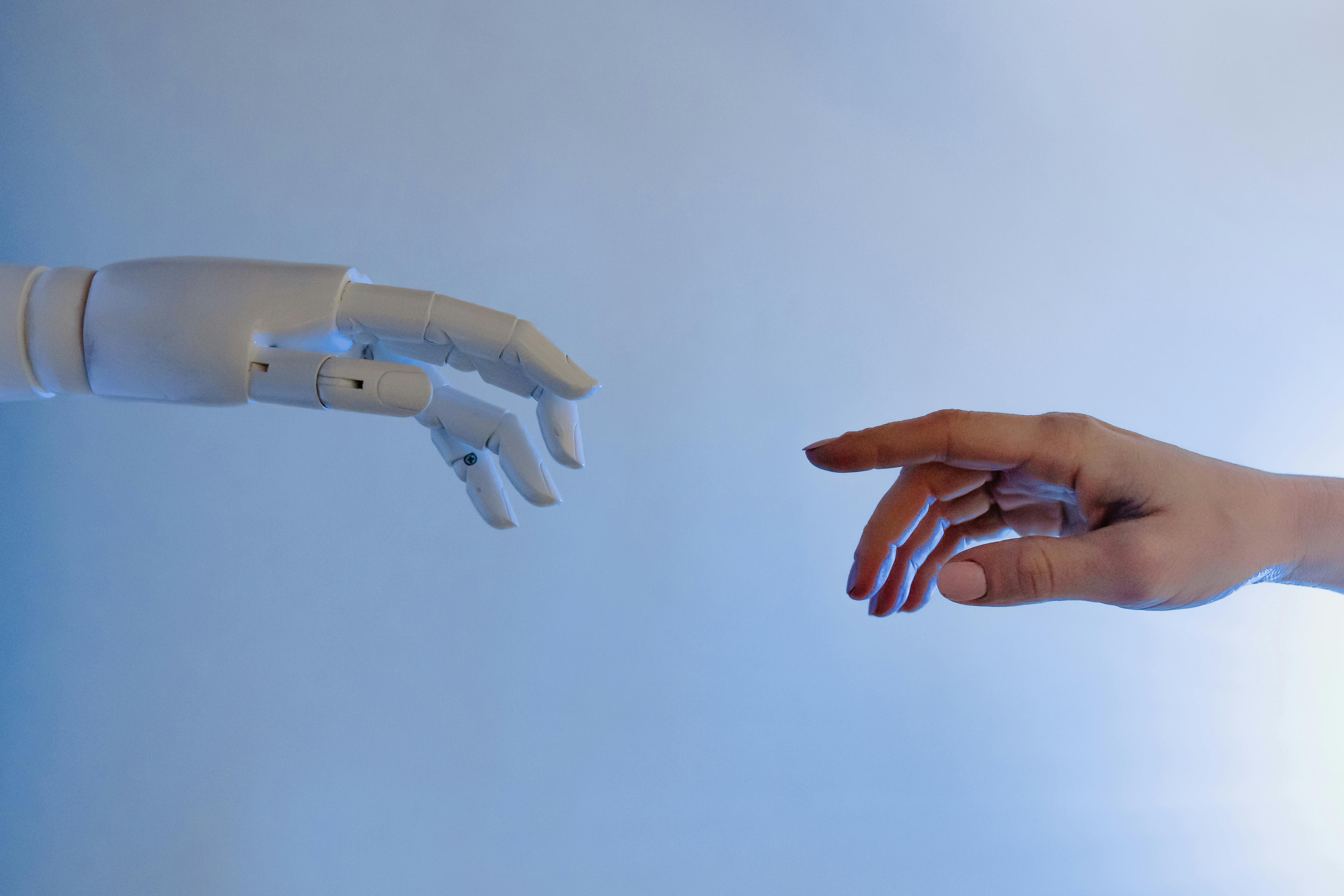What is Business Process Automation (BPA) Using AI?

Business Process Automation (BPA) aims to streamline workflows, reduce manual effort, and increase efficiency by using technology to execute business processes. While traditional BPA often relies on rule-based systems like Robotic Process Automation (RPA), the integration of Artificial Intelligence (AI) elevates automation to a whole new level, often referred to as Intelligent Process Automation (IPA). So, what does BPA using AI actually involve?
BPA + AI = Intelligent Automation
Business Process Automation using AI refers to the application of AI techniques (like machine learning, natural language processing, computer vision, generative AI) within automation software (BPM suites, RPA bots, etc.) to handle tasks that require cognitive capabilities traditionally associated with human intelligence, going beyond simple rule-based execution.
How AI Enhances Traditional BPA
Traditional automation excels at repetitive, structured tasks following explicit rules. AI extends automation capabilities significantly:
1. Handling Unstructured Data
Traditional BPA Limitation: Struggles with data that doesn't fit neat rows and columns, like text in emails, PDFs, images, or spoken language.
AI Enhancement:
- Natural Language Processing (NLP): Enables automation tools to read, understand, classify, and extract information from emails, documents, chatbot transcripts, and customer feedback ().
- Computer Vision: Allows automation to "see" and interpret images, scanned documents (via OCR++), or videos, extracting relevant data for process steps.
- Speech Recognition: Converts spoken language (e.g., from call center recordings) into text for analysis or processing.
Example: An AI-powered BPA system can automatically read incoming vendor invoices (PDFs), extract key details (invoice number, amount, date), validate them against a purchase order (), and route for payment approval, tasks impossible for basic RPA alone.
2. Enabling Complex Decision-Making
Traditional BPA Limitation: Relies on predefined "if-then-else" logic, unsuitable for decisions requiring judgment or analysis of complex patterns.
AI Enhancement:
- Machine Learning Models: Can analyze multiple data points to make predictions or classifications that guide process flow (e.g., predicting fraud risk, assessing creditworthiness, identifying high-priority leads).
- Probabilistic Reasoning: Handles uncertainty and makes informed decisions even with incomplete data, unlike rigid rule-based systems.
Example: In loan processing, instead of simple rules, an AI model analyzes hundreds of applicant data points to generate a risk score, automating the initial approval/rejection decision within the workflow.
3. Automating Content Generation
Traditional BPA Limitation: Can populate templates but cannot create original, context-aware content.
AI Enhancement (GenAI):
- Drafting Communications: Generating personalized email responses, report summaries, or marketing copy within a process step (GenAI in processes).
- Code Generation: Assisting in creating simple scripts or configurations needed for process steps ().
Example: An automated customer onboarding process uses GenAI to draft a personalized welcome email based on the customer's registration data.
4. Improving Human-Bot Collaboration
Traditional BPA Limitation: Bots often handle simple tasks, requiring human intervention for exceptions or complex parts. Handoffs can be clunky.
AI Enhancement:
- Intelligent Exception Handling: AI can analyze exceptions, suggest solutions to human operators, or even attempt to resolve common exceptions automatically.
- Natural Language Interfaces: Allows humans to interact with automation systems using plain language (e.g., instructing a bot via chat).
5. Enabling Self-Optimizing Processes
Traditional BPA Limitation: Process optimization is typically a separate, periodic activity based on manual analysis.
AI Enhancement:
- Continuous Monitoring & Learning: AI can constantly analyze process performance data () and suggest or even automatically implement minor adjustments to routing, resource allocation, or parameters to improve efficiency over time.
Conclusion: The Era of Intelligent Process Automation
Business Process Automation using AI, or Intelligent Process Automation (IPA), represents a significant leap beyond traditional rule-based automation. By infusing processes with the ability to understand unstructured data, make complex decisions, generate content, and learn over time, AI allows organizations to automate a wider range of tasks more effectively.
It's not about replacing traditional BPA entirely, but rather **augmenting** it with cognitive capabilities (). This synergy enables businesses to achieve greater efficiency, accuracy, adaptability, and ultimately, a stronger competitive advantage through smarter, more capable automated workflows.
Implementing AI-powered automation requires careful design and integration. DataMinds.Services helps businesses develop and deploy intelligent automation solutions tailored to their specific process needs.
Team DataMinds Services
Data Intelligence Experts
The DataMinds team specializes in helping organizations leverage data intelligence to transform their businesses. Our experts bring decades of combined experience in data science, AI, business process management, and digital transformation.
More Articles
Elevate Your Automation with AI?
Move beyond basic automation. Implement intelligent solutions that handle complex tasks, understand data, and adapt. DataMinds Services can guide your intelligent automation journey.
Explore Intelligent Automation